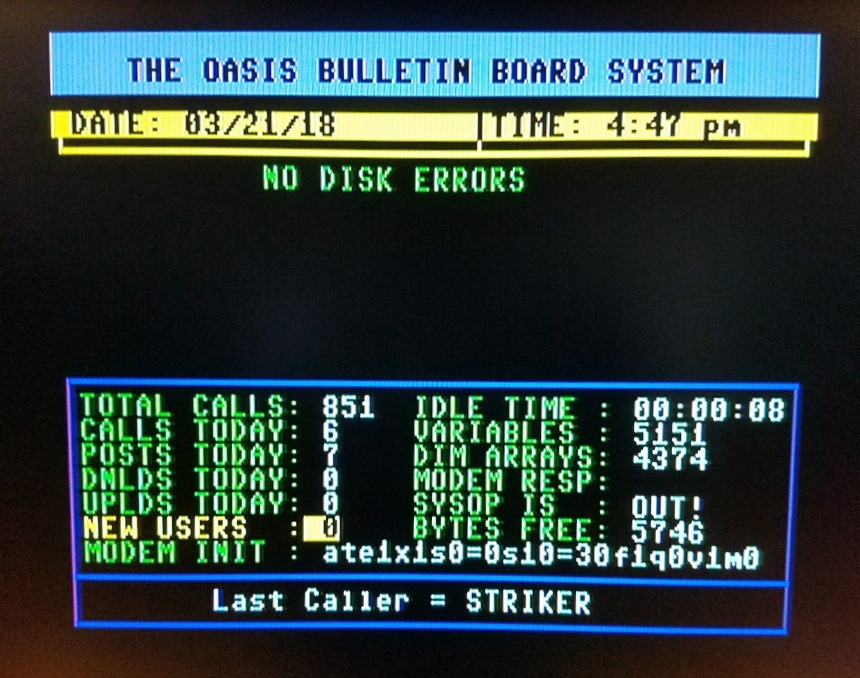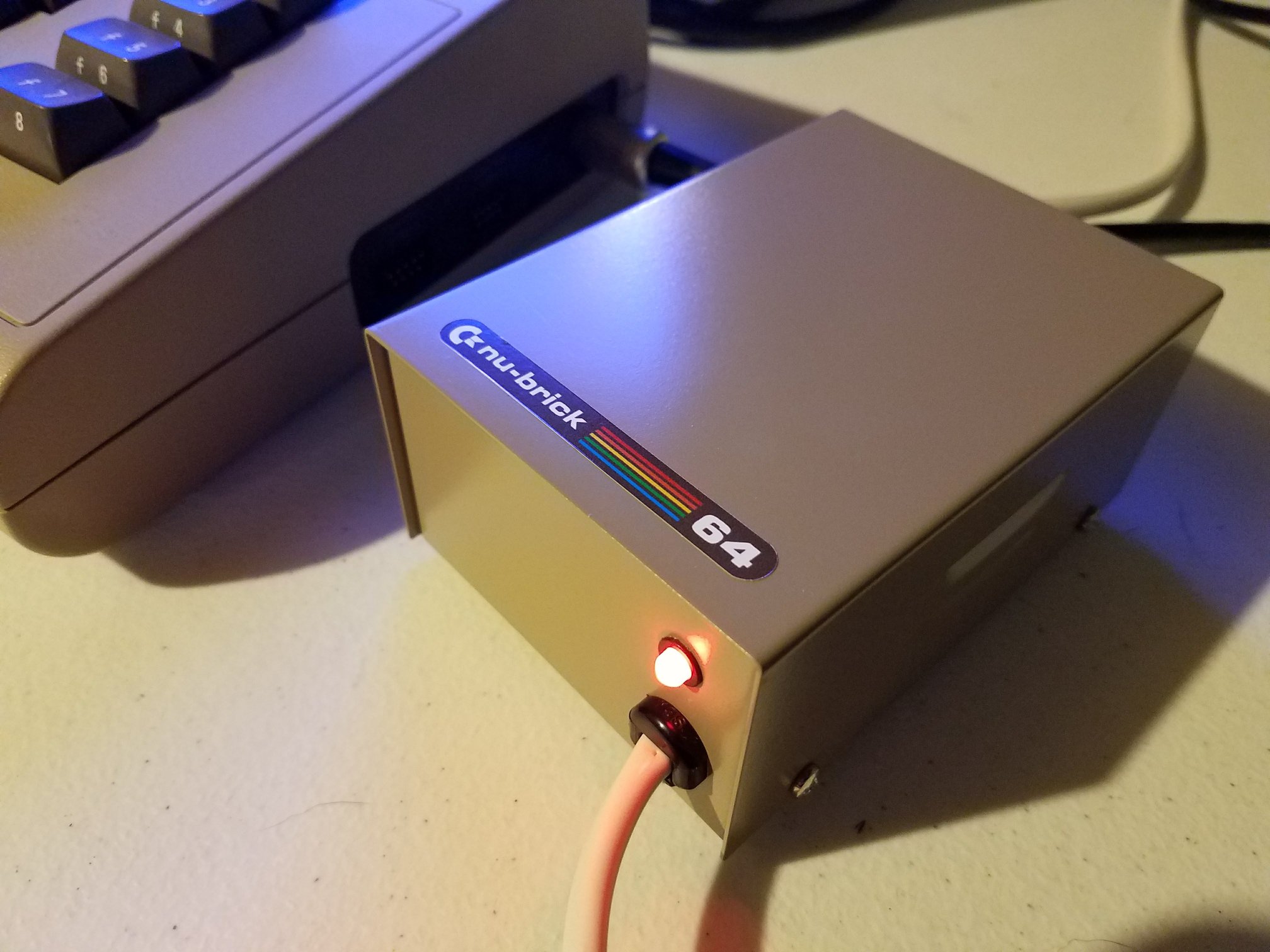In a new episode of Adrian’s Digital Basement, Adrian explores three Philips monitor variants—all related to the iconic Commodore 1084. These include the RGB Display 80, the Color Display 40, and the Commodore 1084 itself. While the exteriors vary, Adrian uncovers surprising similarities inside the cases.
The Philips monitor variants examined in this video were sold under different brand names, including Magnavox, Acorn, and Atari. Despite different input options—composite video, TTL RGB, and linear RGB—most models share a common internal design. Features like SCART support and stereo sound depended on which OEM ordered them, but many were built with the same core PCB.
A key issue Adrian investigates is the flyback transformer used in these Philips monitor variants. Models manufactured in 1989 and late 1988 often contain unreliable flybacks that are prone to failure. He checks each monitor and confirms that both the RGB 80 and Color Display 40 have the weaker flyback design. The 1084, made earlier, includes the more durable version and remains fully functional.
After inspecting each unit, Adrian finds that the Color Display 40 is beyond repair due to severe corrosion. Rusted potentiometers, broken pins, and water damage make it a parts donor. The RGB Display 80, however, shows promise. With a working CRT, solid electronics, and just a few scratches on the screen, it becomes the focus of the restoration.
Adrian swaps the working electronics from the RGB 80 into the cleaner shell of the 40, drills out a front panel opening for the RGB switch, and successfully boots it up. The result is a sharp, vibrant display—despite a faint interference pattern traced back to a faulty power supply module. A quick swap fixes the issue.
The episode closes with Adrian outlining future plans to add SCART input and refine the green monochrome mode. These Philips displays may be overlooked, but with some tweaking, they become excellent RGB monitors for retro computing and gaming.







